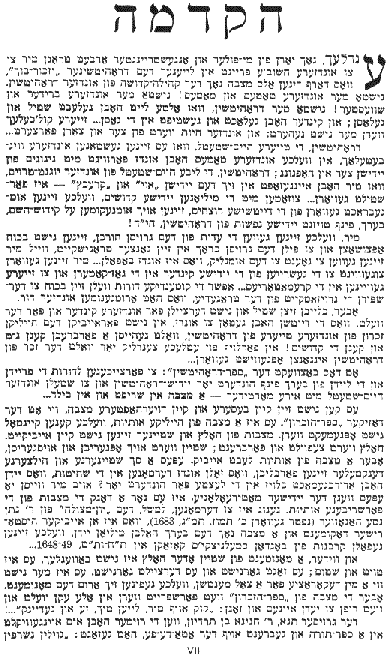
"The parchment burns, but the letters rise heavenward." (Tractate
Avoda Zarah,
18). The German murderers killed and burned the holy martyrs in order to hide
all traces of their butchery! Those martyrs didn't even get a grave, but our
"Scroll of Fire," written in letters of fire will soar across the
whole world; from the
ash,
from the extinguished sparks, shall arise
esh
[the Hebrew word for 'fire']. The burned bodies of the martyrs will turn into
fiery, glowing and flying images, and strike the minds of their murderers with
the pointers the rabbis taught the alphabet to the children in the
cheders
[religious elementary schools].
Even if hundreds of years from
now there only exists only a single copy of the Drohitchin Book in some far
away museum, archive or library, the exterminated Jewish community of
Drohitchin will live forever in history!
We realize that there is
repetition of information in the Yizkor Book; we intentionally left it in
because we specifically wanted to immortalize the various versions that were
provided by several individuals in their descriptions of the Holocaust, and who
survived the slaughter and hell of the Germans. This is because each version
makes a unique contribution. We believe that every single letter, groan and cry
that is put to paper at the feverish moment of suffering and rage is history
itself! It reflects the very survival of the moment described! The truth is
that none of the contributors could have expressed their survival in as such a
strong way as the way we have expressed it in this book. Therefore, we have
immortalized every written description and document that is even remotely
related to Drohitchin.
We also realize that not
everything that could, or should, be written about Drohitchin has been
described in this book, and the opposite is also true. However, even the small
amount described in this book arrived with great difficulty. The most difficult
job was the revising, assembling and editing of the material, which was in
extremely raw condition. In addition, most of the articles had to be revised
both in style and form, and recreated them, giving them life and spirit.
Afterwards, we had to correct and classify the material, break up and lay out
the pages, and read the corrected versions (dozens of times). This was all done
and written by one person. It's no wonder that it has taken so long to publish
this book.
We should mention Zalman
Shevinsky, the originator of the book, and Gedaliah Kaplan, who assembled part
of the original unedited material and photos. We extend a heartfelt
congratulations to the administrative committee and everyone else who
participated in getting the Yizkor Book published. We did the work; now the
Drohitchin Book belongs to our esteemed readers and friends. It's now up to
critics and historians to judge it.
15 Shvat 5714
Rabbi Dov B. Warshavsky
[January 19, 1954 – Tu Bishvat]
With G-d's Help. Printed on 15 Shvat 5718
[February 5, 1958 – Tu Bishvat]
[
Page VIII
]
[ Page 10 ]
JewishGen, Inc. makes no representations regarding the accuracy of
the translation. The reader may wish to refer to the original material
for verification.
JewishGen is not responsible for inaccuracies or omissions in the original work and cannot rewrite or edit the text to correct inaccuracies and/or omissions.
Our mission is to produce a translation of the original work and we cannot verify the accuracy of statements or alter facts cited.
 Drogichin, Belarus
Drogichin, Belarus
 Yizkor Book Project
Yizkor Book Project
 JewishGen Home Page
JewishGen Home Page
Copyright © 1999-2024 by JewishGen, Inc.
Updated 3 Dec 2001 by LA